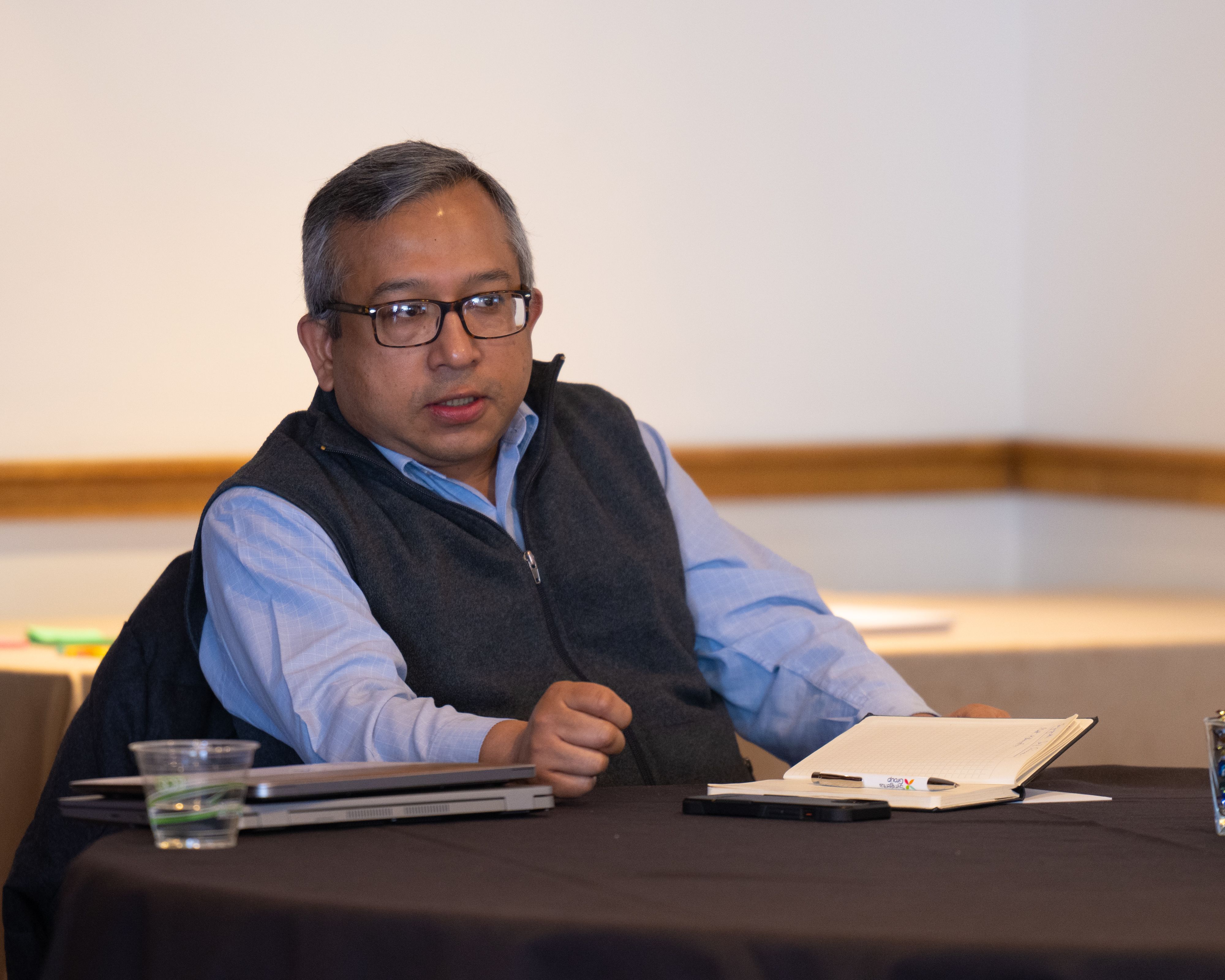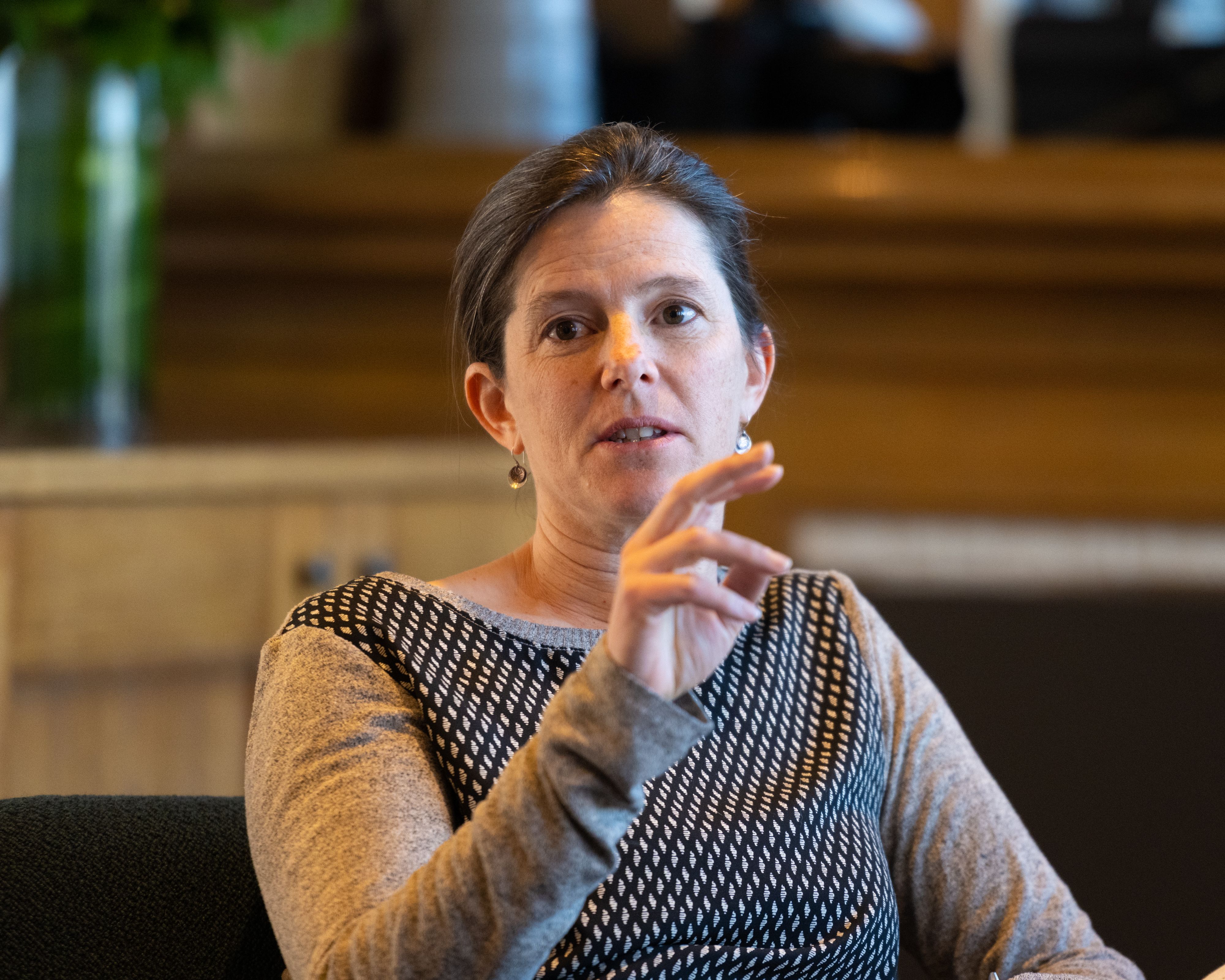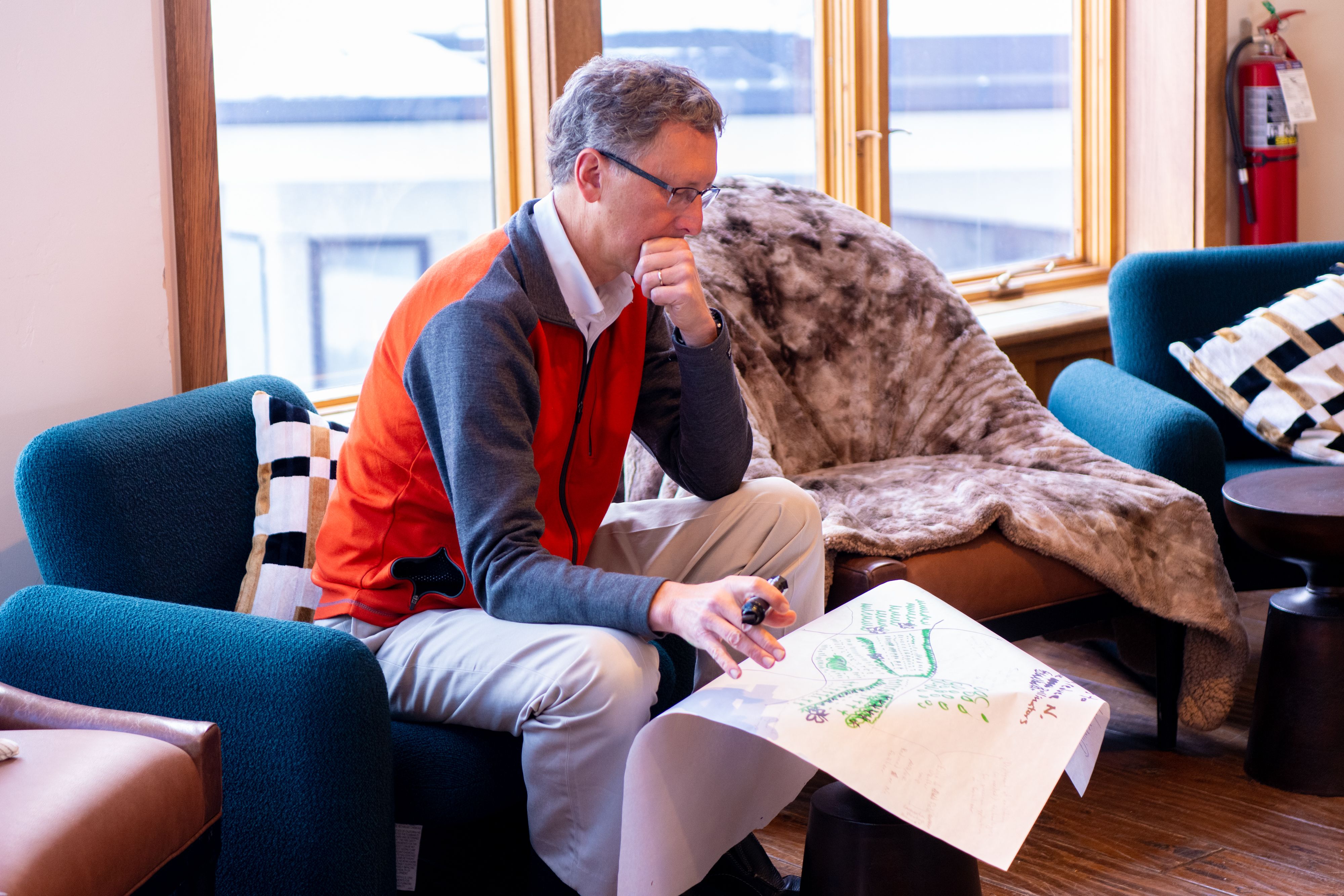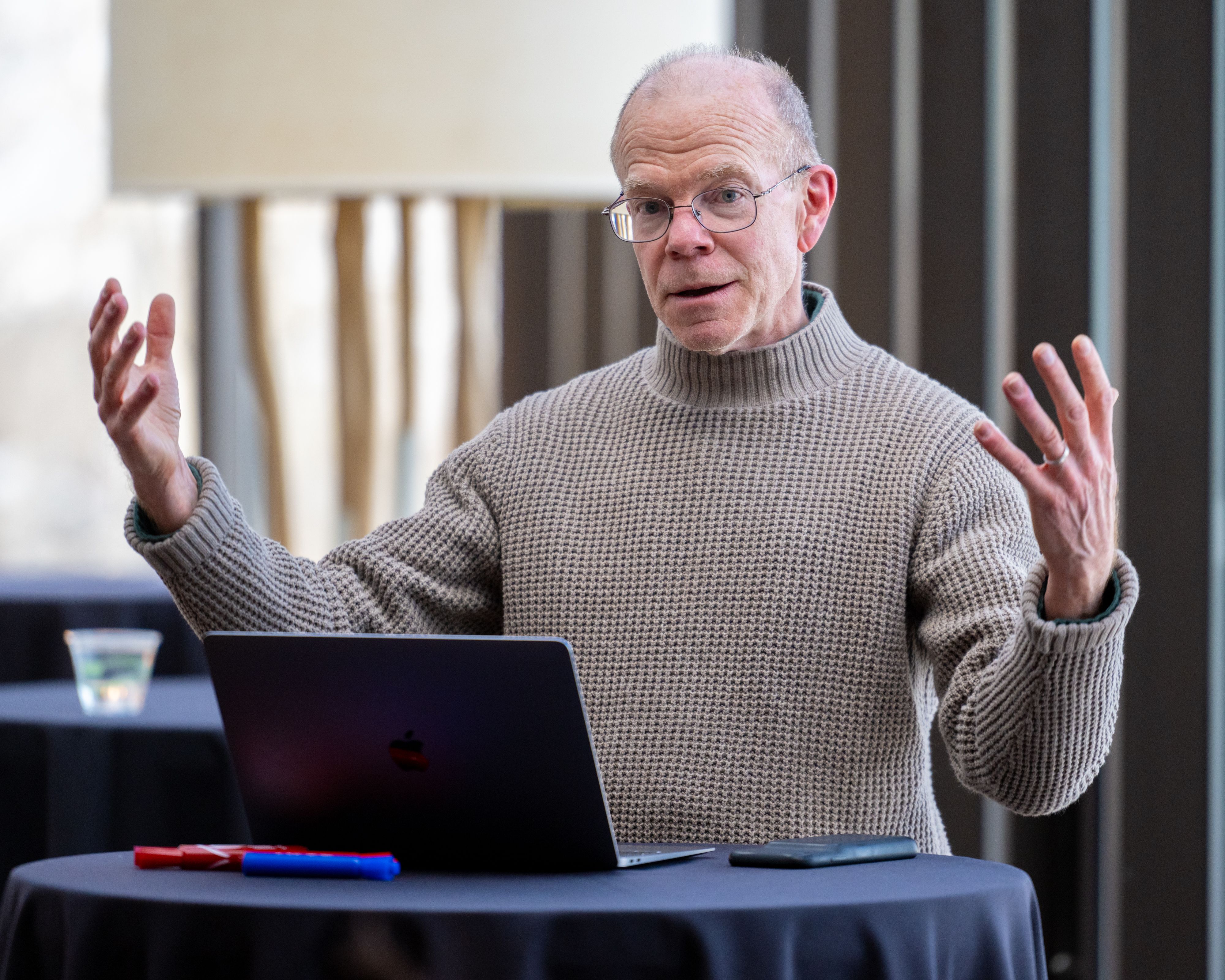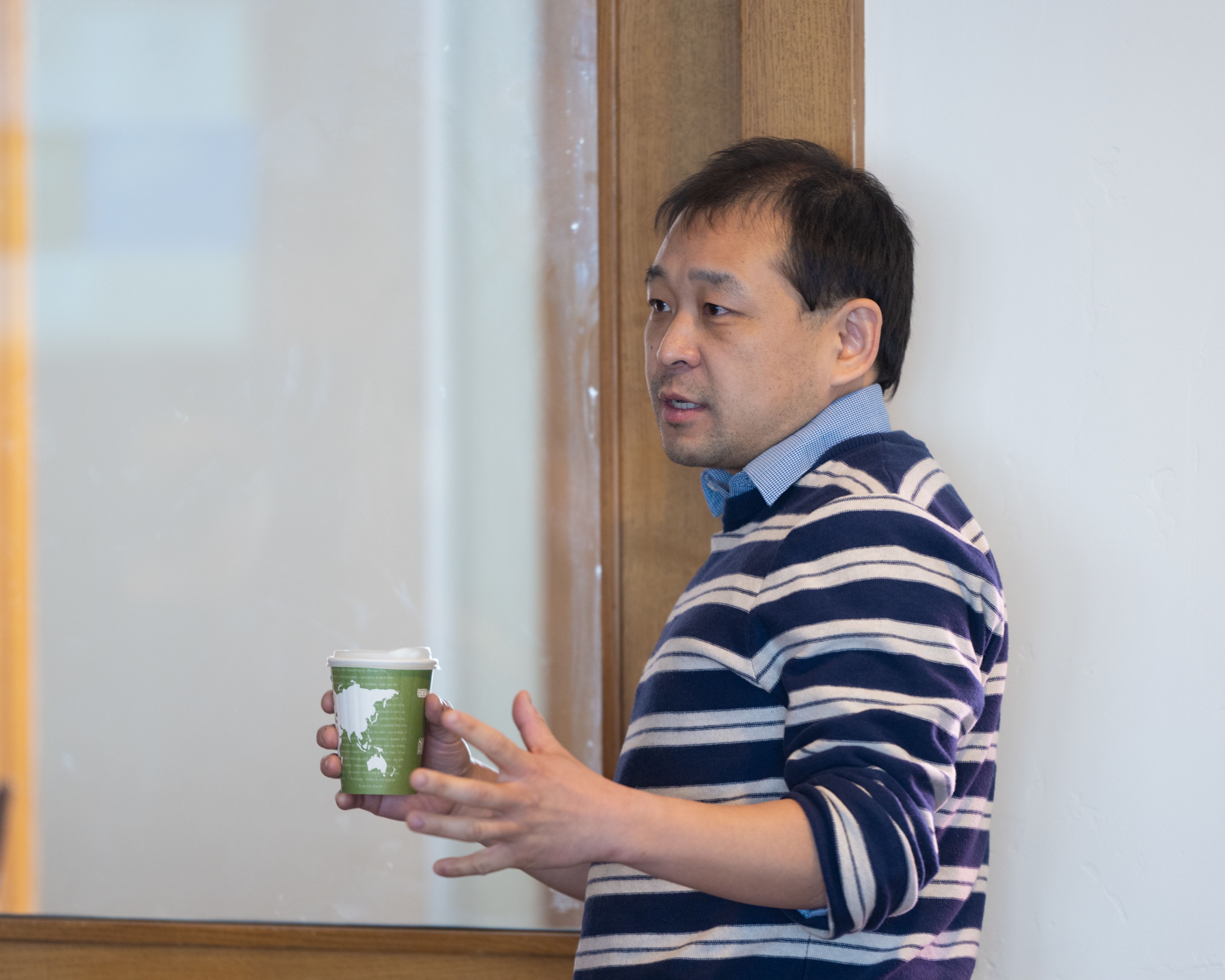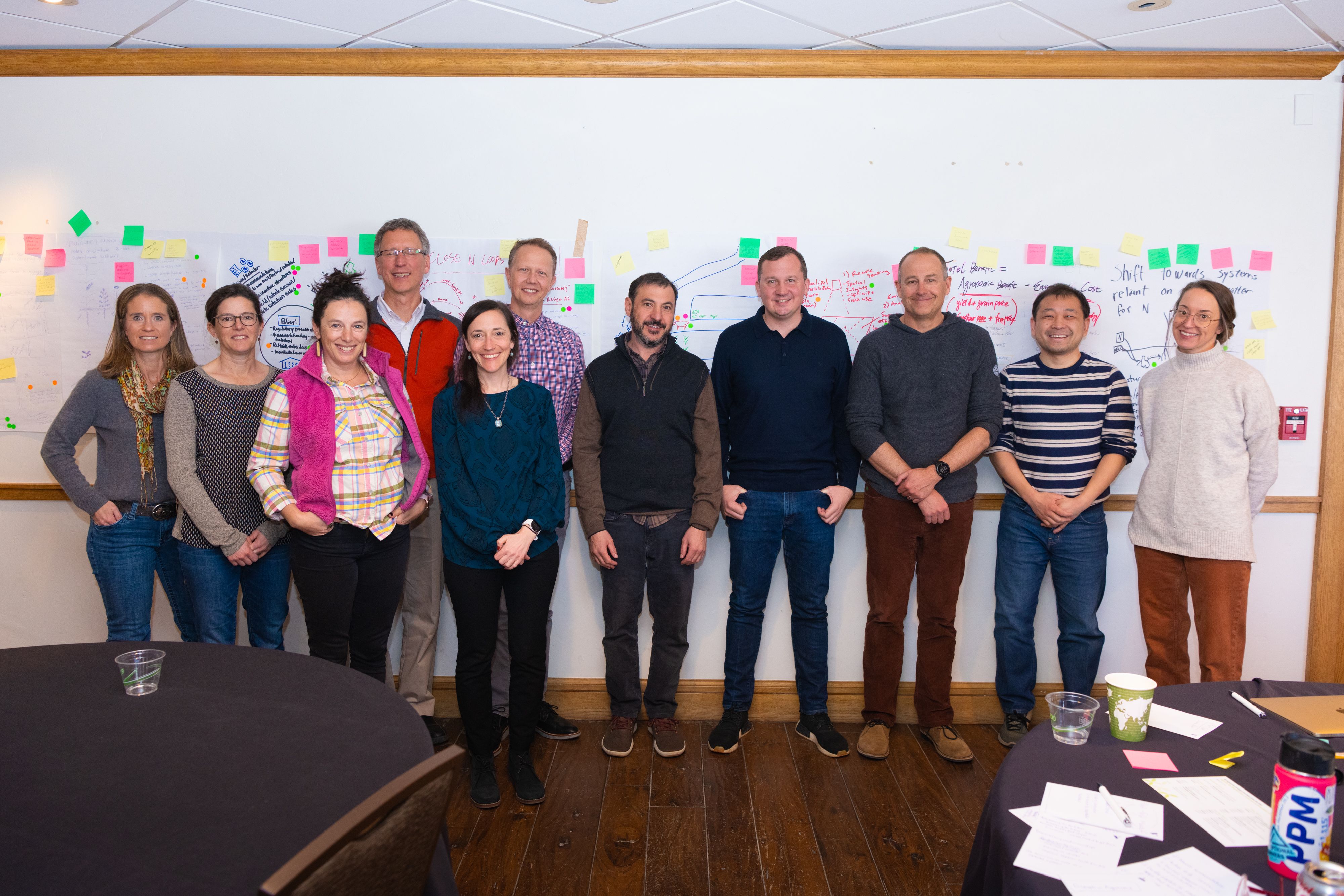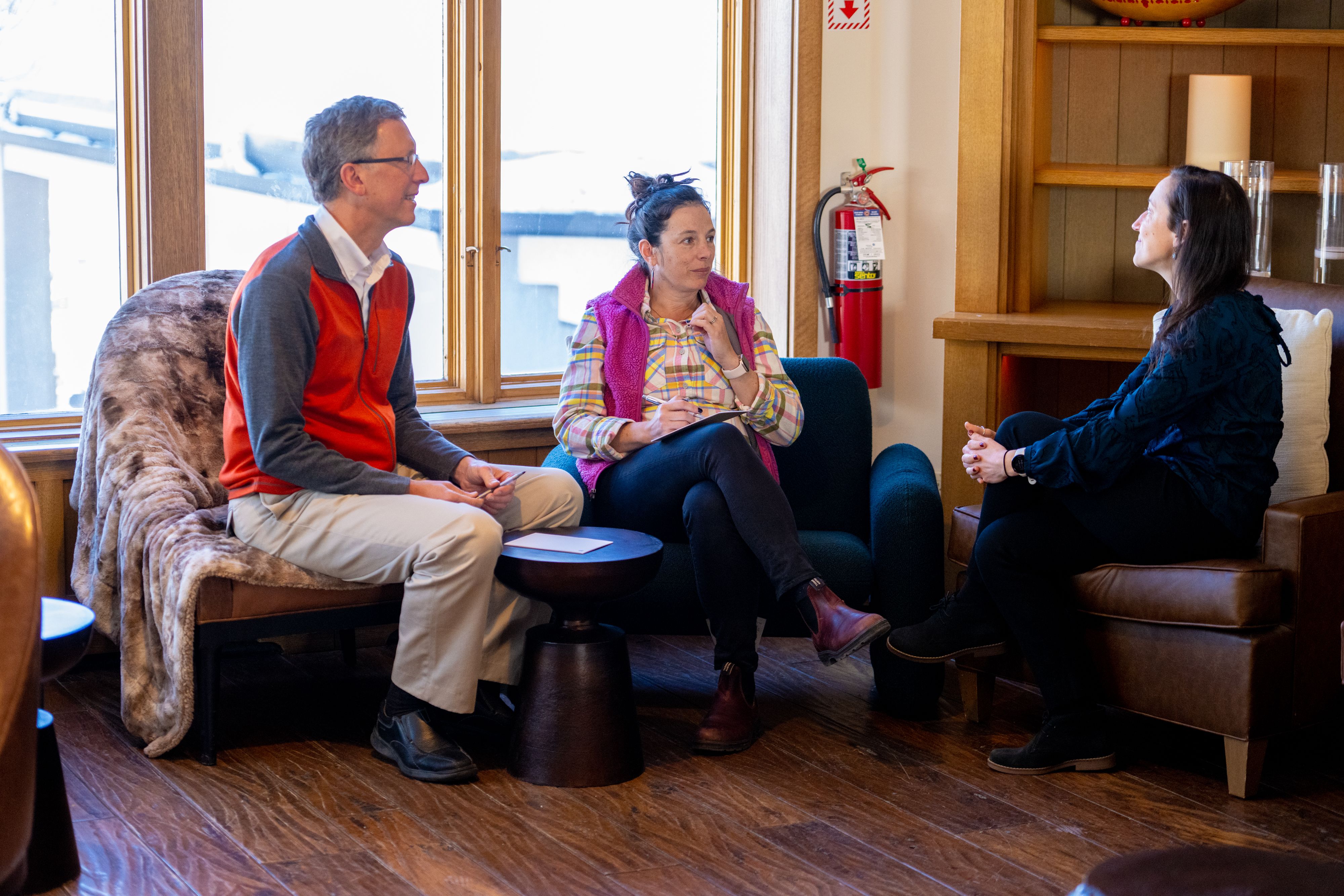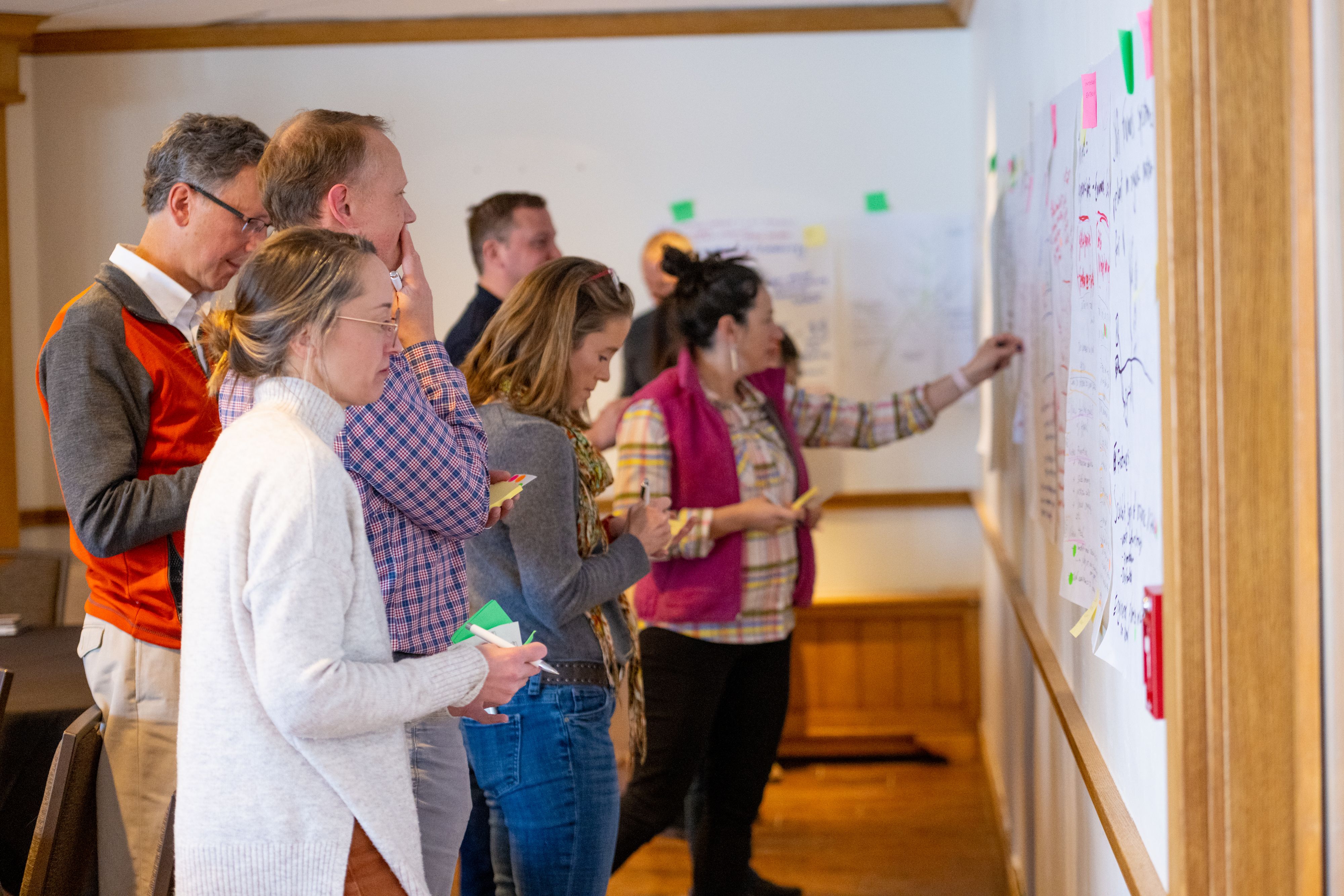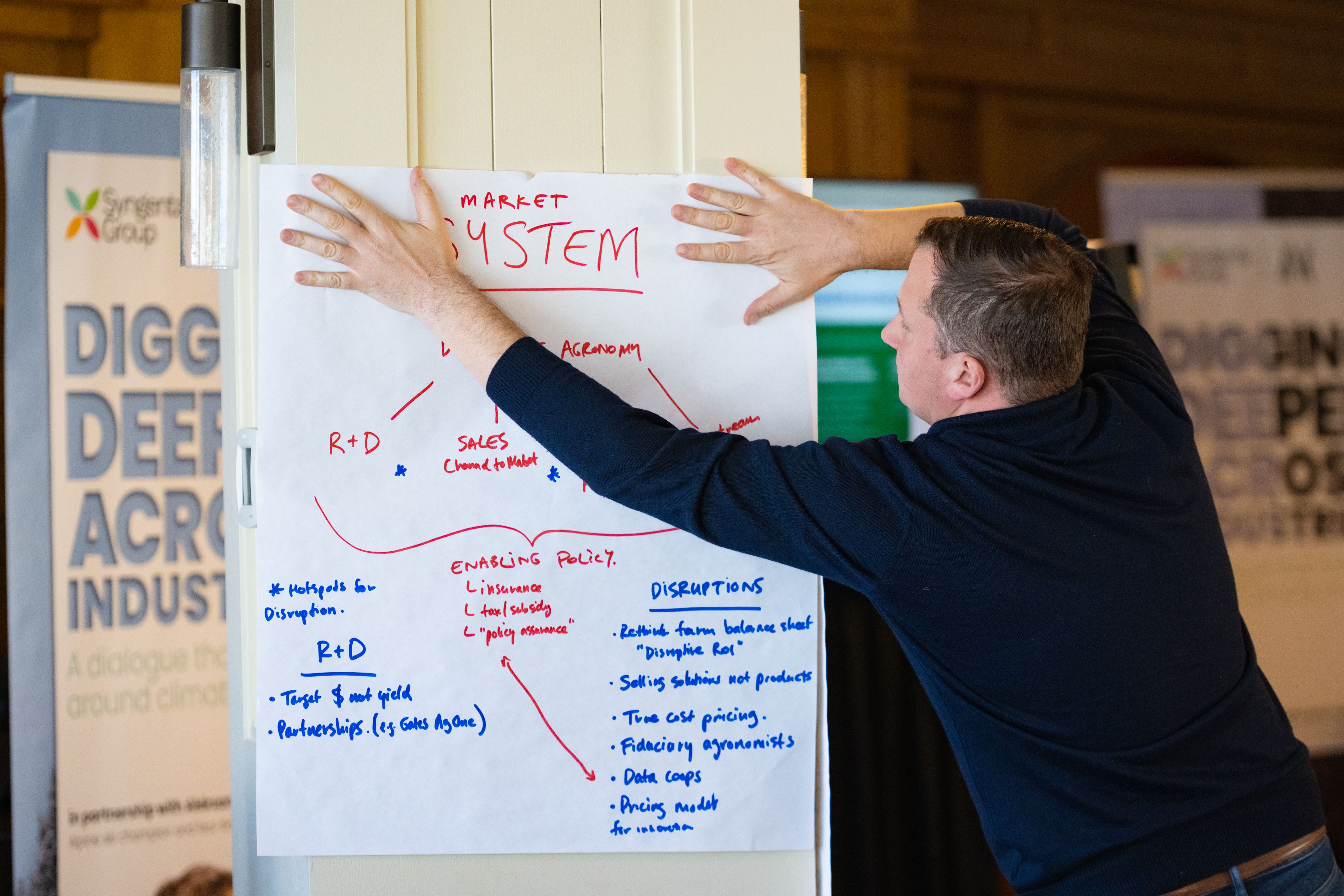The path to
‘disruptive agronomy’
— a science-based brainstorm
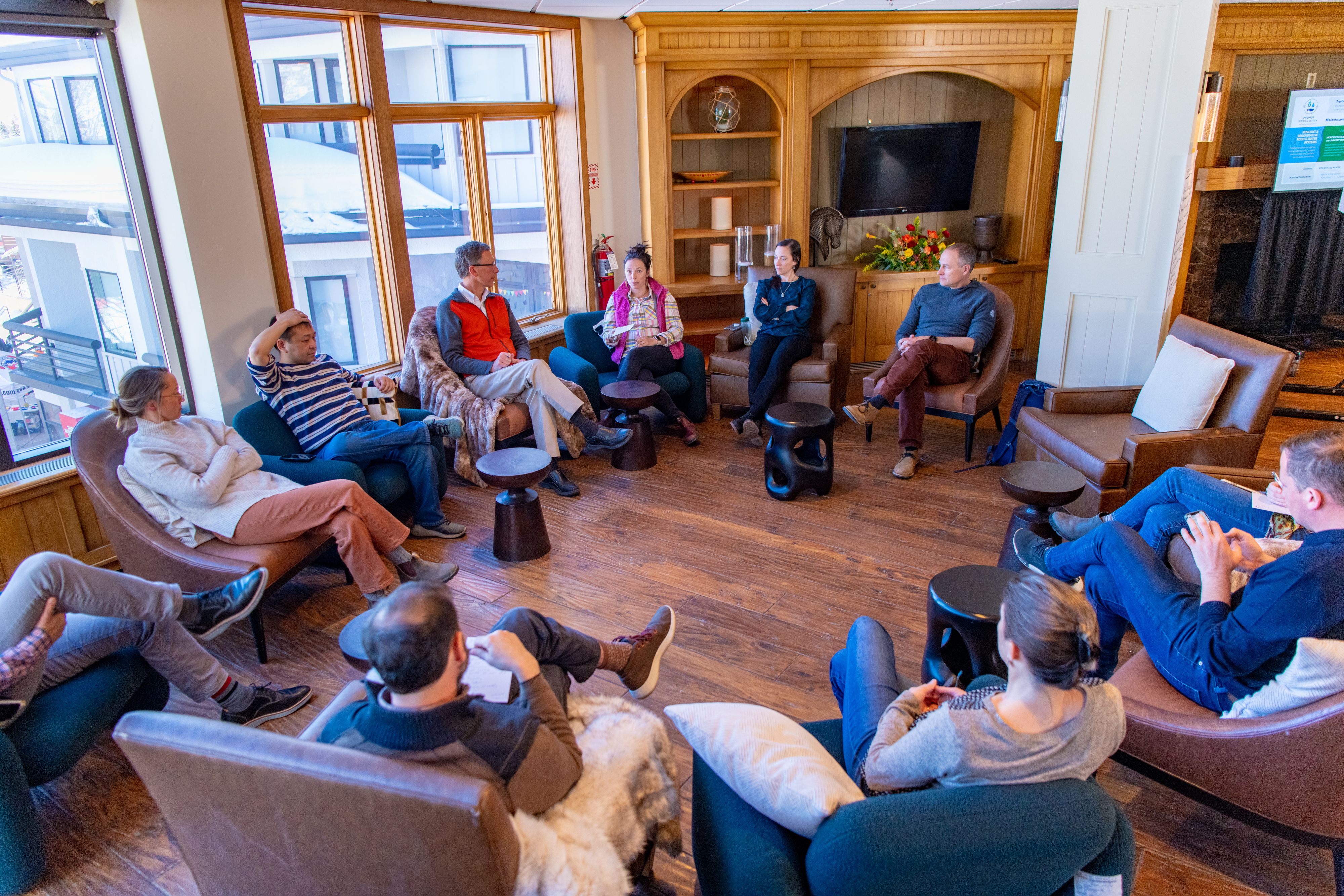
“Disruptive Agronomy.” That theme emerged from a recent two-day Syngenta Group workshop of academic scientists, executives from The Nature Conservancy and several of Syngenta’s own sustainability leaders.
The group gathered for a brainstorm about soil health and the various other components of sustainable agriculture. Workshop participants agreed that only by rethinking conventional agricultural methods will the world be able to make significant progress on two existential threats:
Climate change and the pressures it is putting on farming
The increasing food demands of an expanding global population
For agriculture, those threats pose a grand challenge that was the context for the workshop:
How can the agriculture industry improve its environmental record and achieve a 67% reduction of greenhouse gasses by 2050 (to meet Paris Agreement climate goals)? How can that be done, even as farmers raise productivity by more than 50% to feed a global population expected to reach 10 billion by 2050?
And how can all this be done while ensuring that the world’s farmers — who are businesspeople, after all — can earn a profit for their efforts?
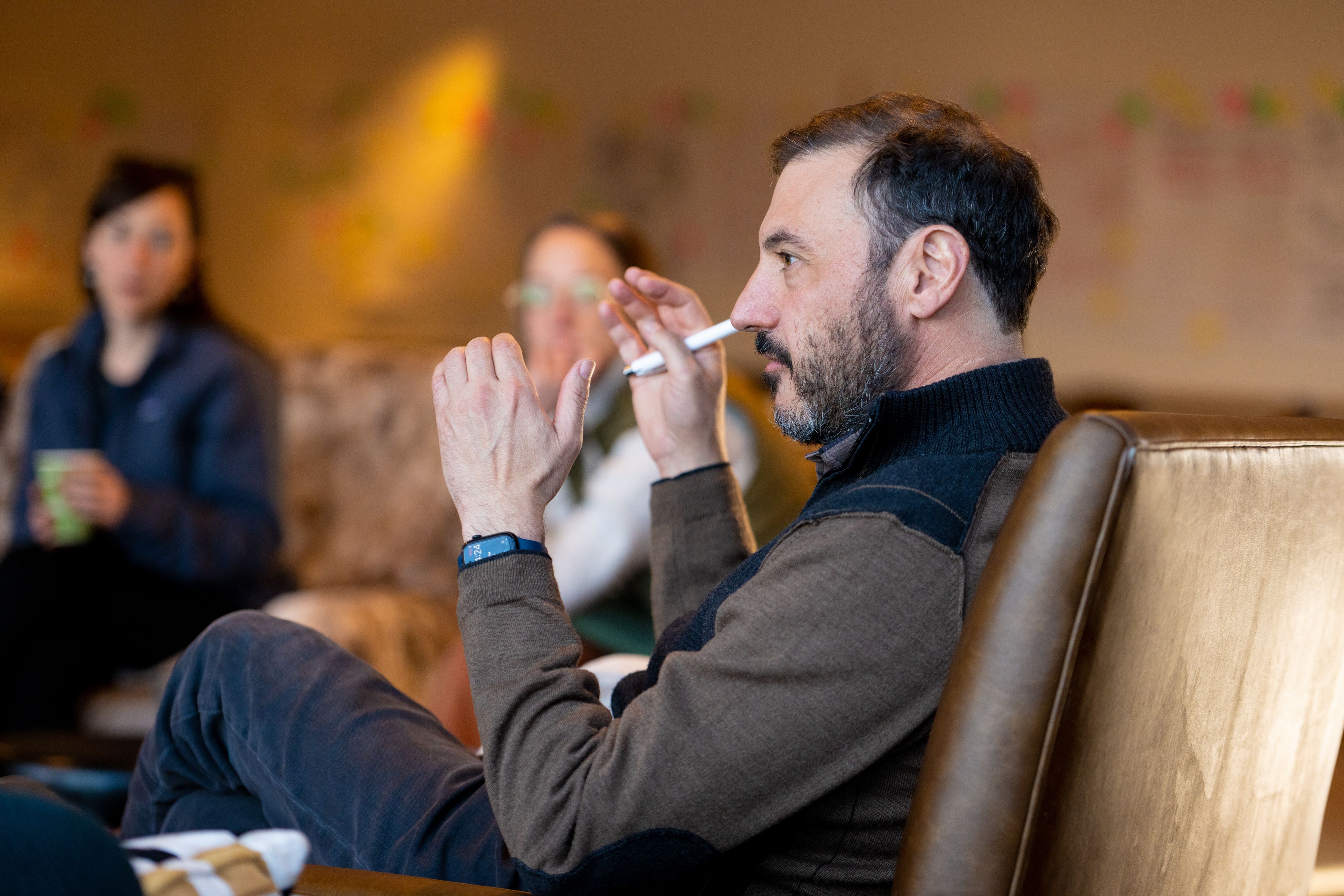
"No one expected to solve these enormous challenges in a two-day workshop, of course,’’ said Matt Wallenstein (above), Syngenta Group’s Chief Soil Scientist, who was the workshop’s host. “But by bringing together a small diverse group of exceptionally creative experts on these topics, we spurred some exciting new solution pathways for further exploration.”
Mapping the path to the future
The term “disruptive agronomy” is a concept that in many ways corresponds to Syngenta Group’s increasing focus on Regenerative Agriculture.
As many workshop participants noted, there is no single, generally accepted definition of Regenerative Agriculture (RA). But they acknowledged the importance of embracing the concept.
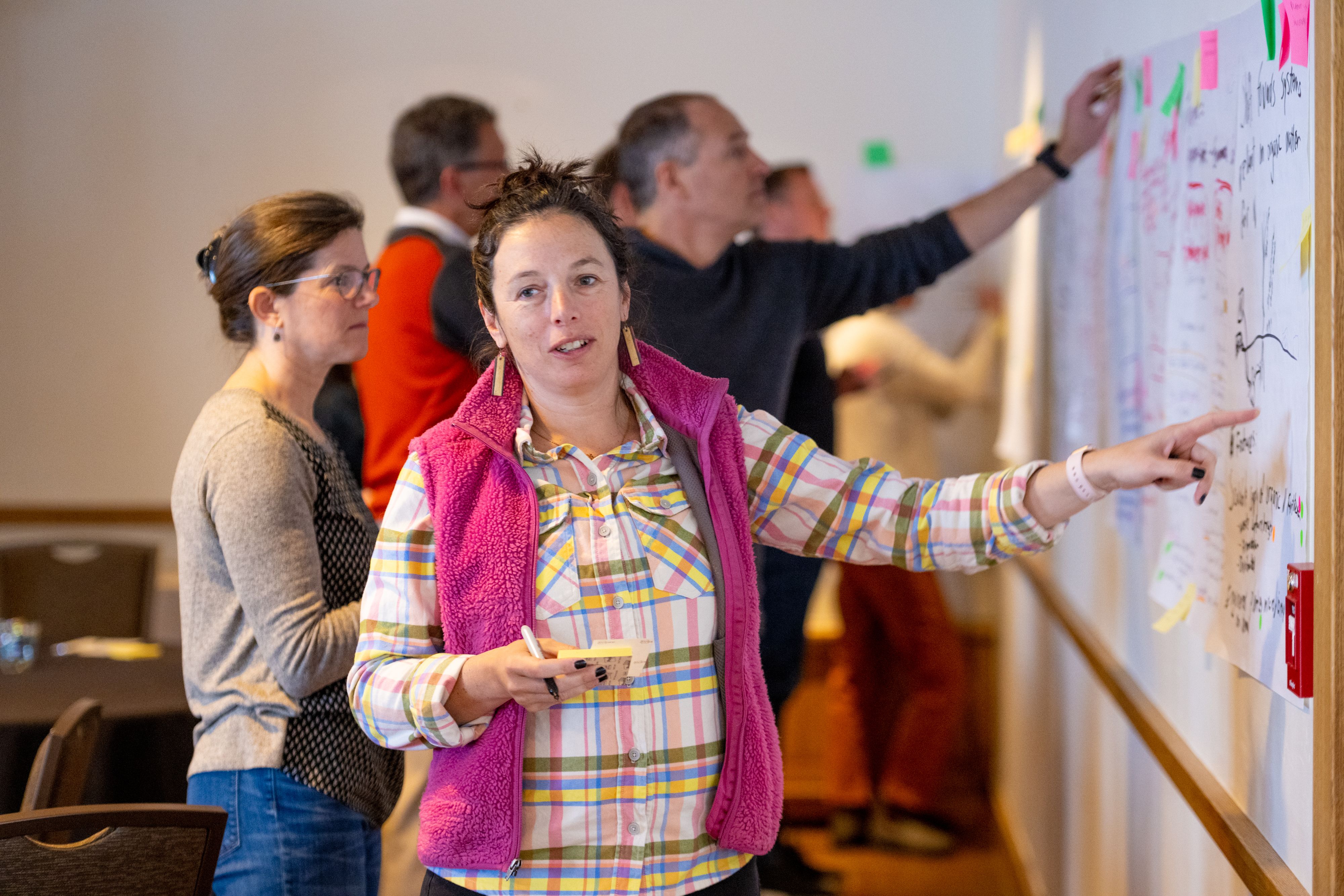
“Regenerative agriculture to me is an opportunity and a pathway to restore our relationship with the land, with the food we eat and the animals that graze our land, and with each other,” said Jane Zelikova (above), Director of the Soil Carbon Solutions Center at Colorado State University. “It’s a huge opportunity to regenerate and restore.”
As defined by Syngenta Group, the practices of Regenerative Agriculture include:
No-till or reduced-till techniques to minimize soil disturbance.
Keeping plants in the ground year-round with cash crops and cover crops to prevent soil erosion and increase carbon sequestration.
Expanding crop rotation and intercropping for more biodiversity.
Integrating livestock when possible, for grazing on crop residue and cover crops, and adding manure.
Syngenta Group’s approach to Regenerative Agriculture also involves widespread adoption of new, scientifically driven and technology-assisted farming methods. That includes more precise use of fertilizers, as well as the weed and pest control products from which Syngenta Group still derives a substantial amount of its corporate profits.
The group discussed and debated the challenges and opportunities ahead in putting the global agriculture industry onto a more environmentally sound, climate-sustaining path to the future. Workshop participants even drew their own posters to diagram the ingredients for the ideal farms of the future.
The posters were the starting point for a discussion of where changes must occur in at least three major categories of the agricultural value chain: Plants, Fields and Markets.
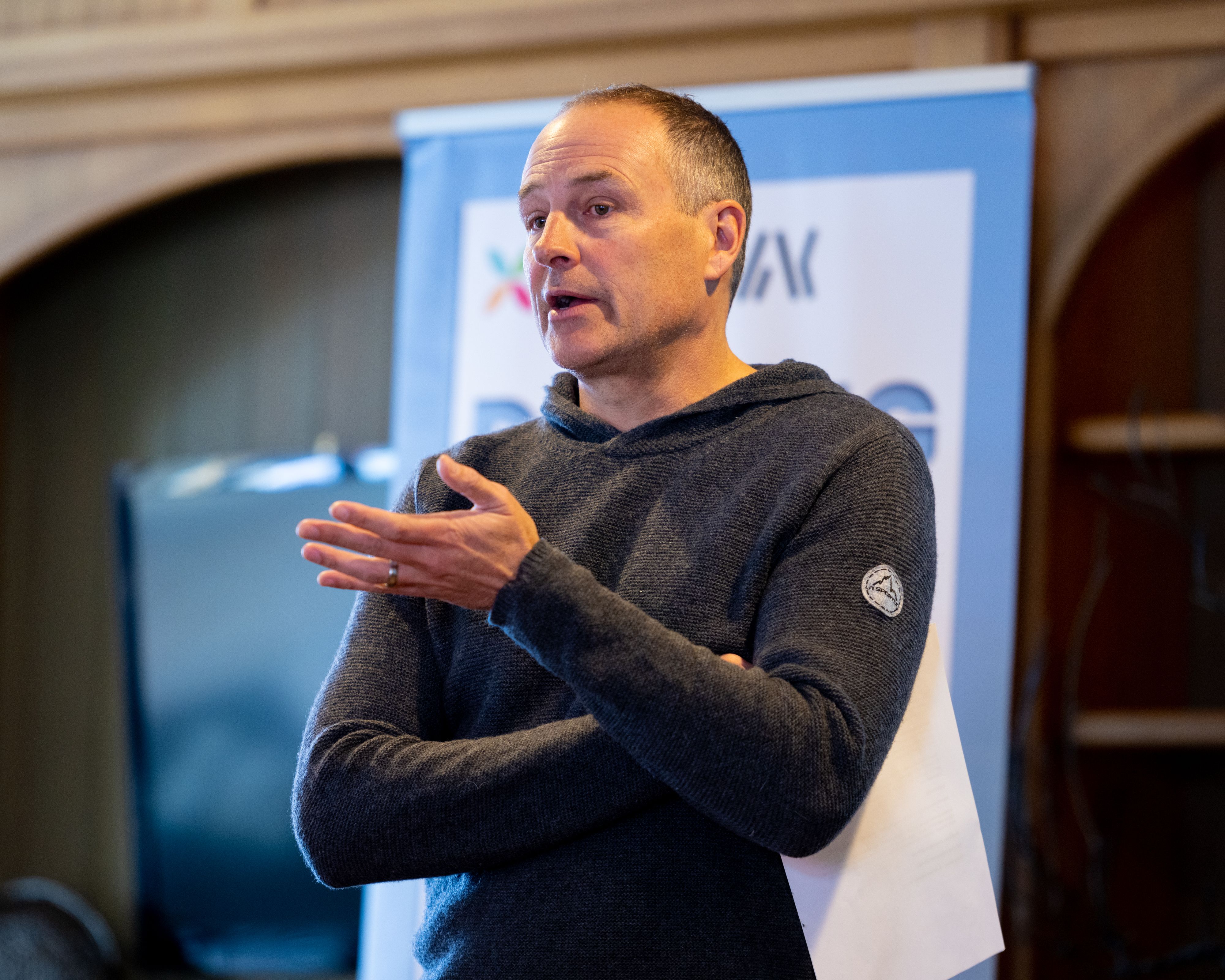
“I was struck by the creativity and passion this group brought to the effort,” said Jason Neff (above), Syngenta Group’s Senior Advisor on Climate and Nature, who was the workshop’s moderator. “Ideally, some of these best ideas can inspire action by the global agricultural community.”
Where do we go from here?
The group proposed several possible next steps for continuing the conversation and broadening the circle of participants. Possible follow-ups might include:
A vision statement for the agricultural paradigm 10 years out — and what near-term measures might be adopted between now and then.
An “innovation agenda” that considers the technologies, services, products and scientific breakthroughs that would be required to achieve Regenerative Agriculture at scale. Many of these are already reaching the market or in development by companies, including Syngenta Group, and in academic laboratories. Adoption of these innovations will be necessary for truly disruptive agronomy.
At the end of the workshop, participants agreed to continue the conversation within their professional communities.
For Academics, that means researching and demonstrating what’s theoretically possible in terms of regenerative farming.
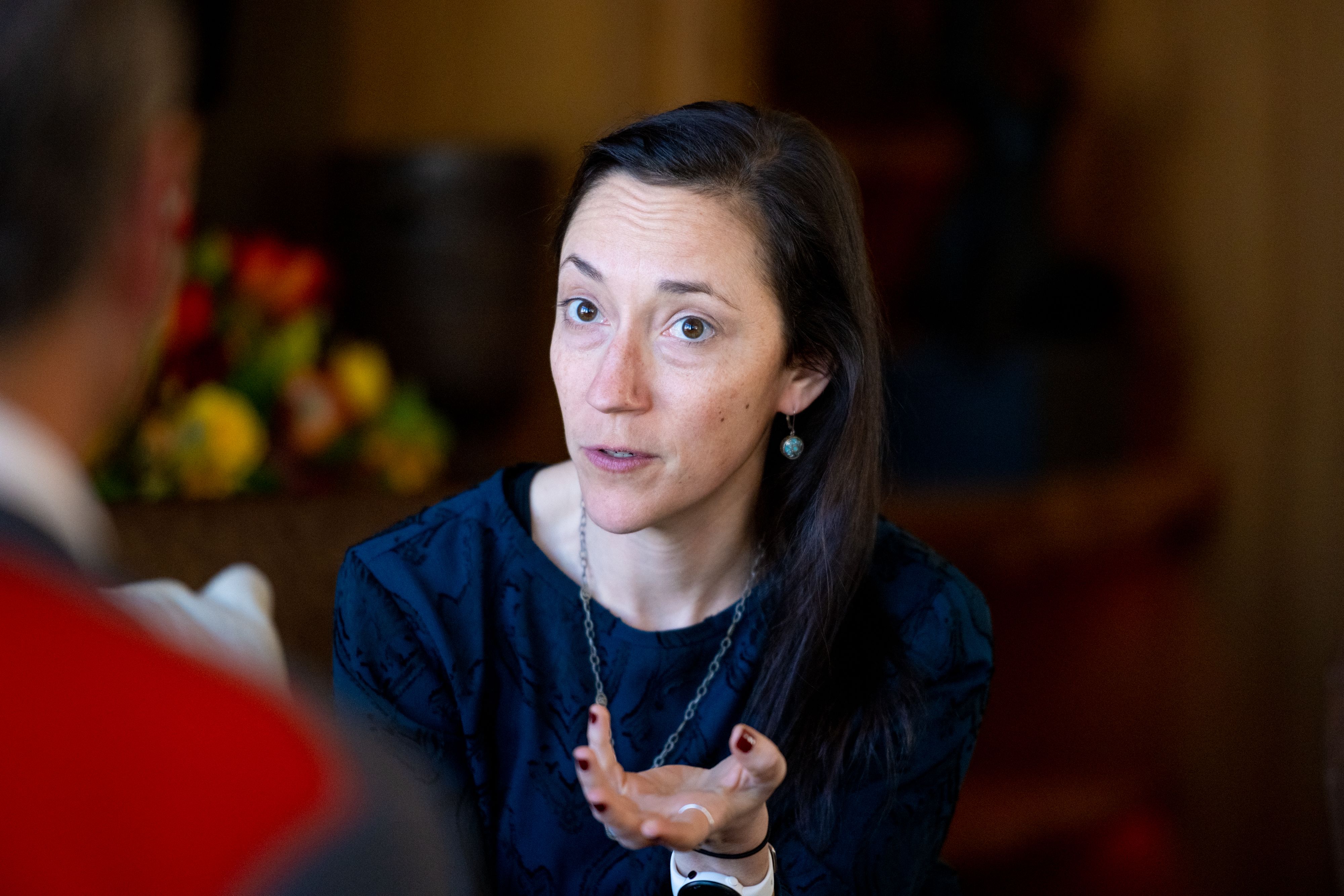
“To me, we need to think about how our agricultural systems support our communities,’’ said Andrea Basche (above), an Assistant Professor at the University of Nebraska-Lincoln. “If we’re not accounting for the people, health and economy of our communities, we’re not thinking broadly enough about regenerative agriculture.”
Companies, led by Syngenta Group, know they need to develop and scale the technologies to make those systems feasible. And to achieve real change, businesses will need to work together with NGOs like The Nature Conservancy to accelerate transformation across the global food system.
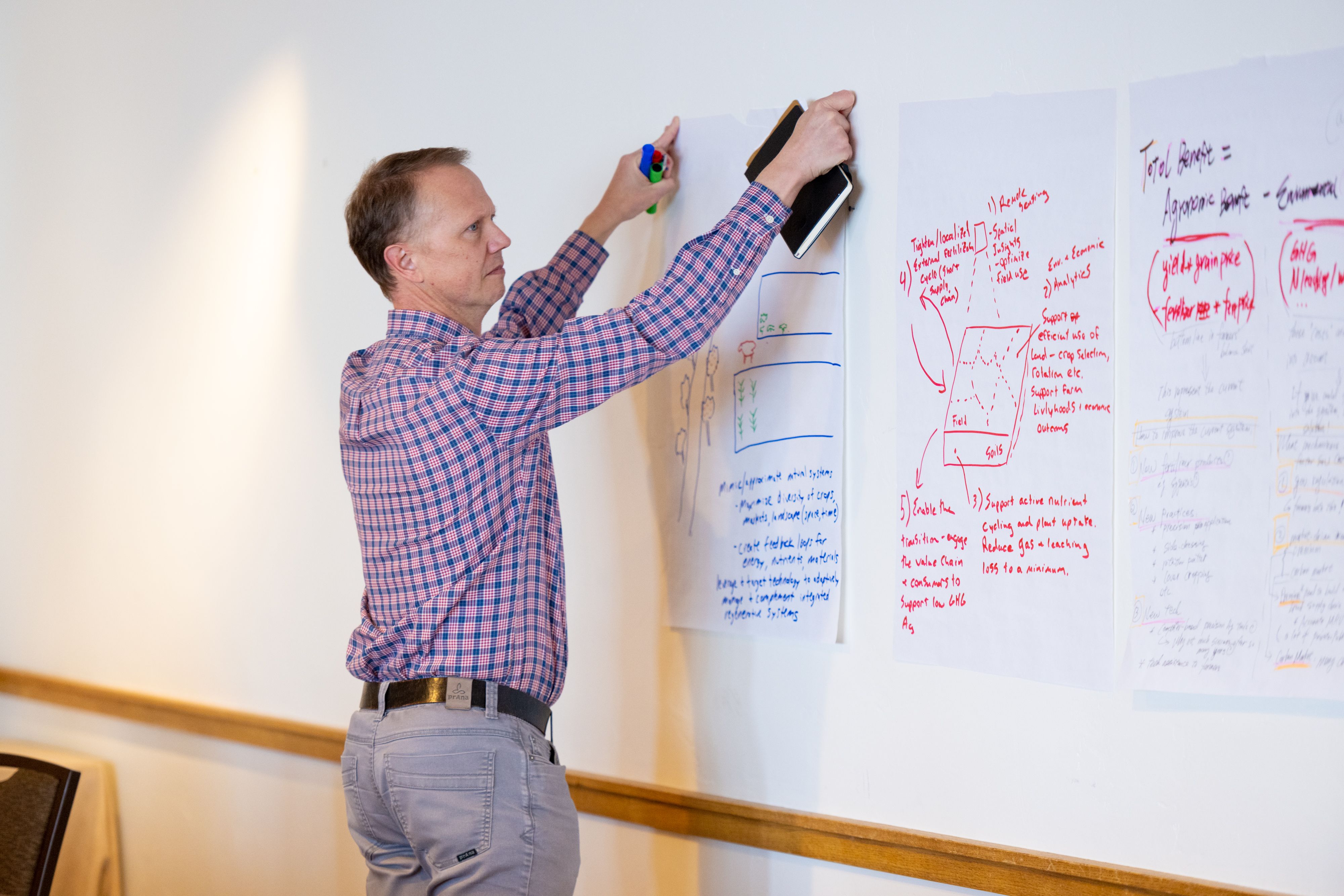
Kris Johnson (above), North America Agriculture Director at The Nature Conservancy, described that vision. “Not only will a regenerative agriculture system be more resilient, more productive and profitable for agriculture,’’ Johnson said, “but it will be more just and equitable and will allow for a greater diversity of farmers, farm types, crop types and ranch types.”
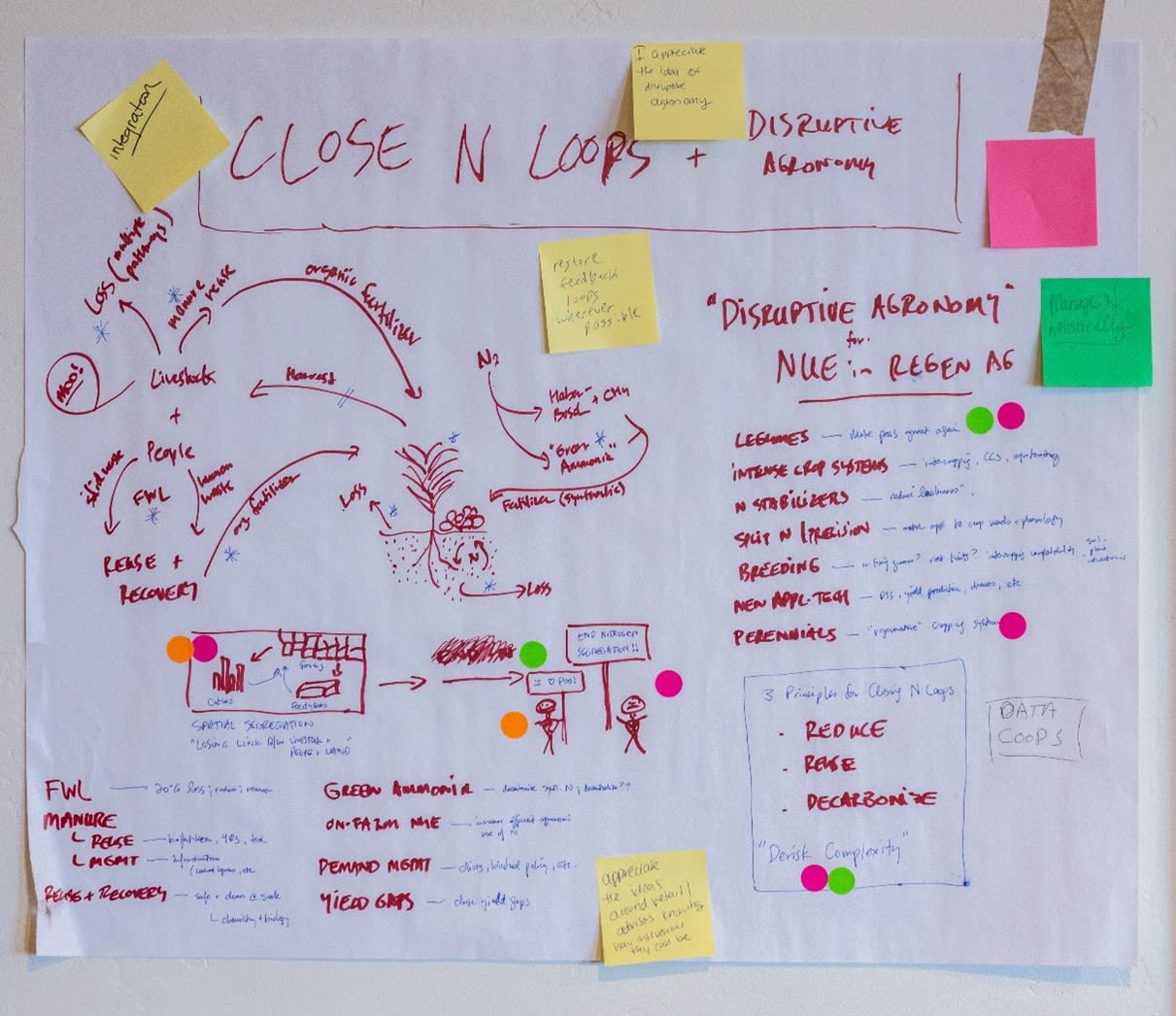
As for Syngenta Group, the workshop produced valuable insights to help focus the company’s vision of future-proof global farming through Regenerative Agriculture.
Wallenstein said he hoped the participants will be able to reconvene, maybe with an even broader circle of agronomists and other experts in sustainable farming, to continue the discussion.
“I’m grateful for the opportunity to work collaboratively with scientific experts and The Nature Conservancy,’’ Wallenstein said, “to scale and enhance soil health through enabling regenerative agriculture. Academic scientists, NGO’s, industry, and farmers all play important roles. By working together, we can meet the urgent need for transformation and innovation.”
